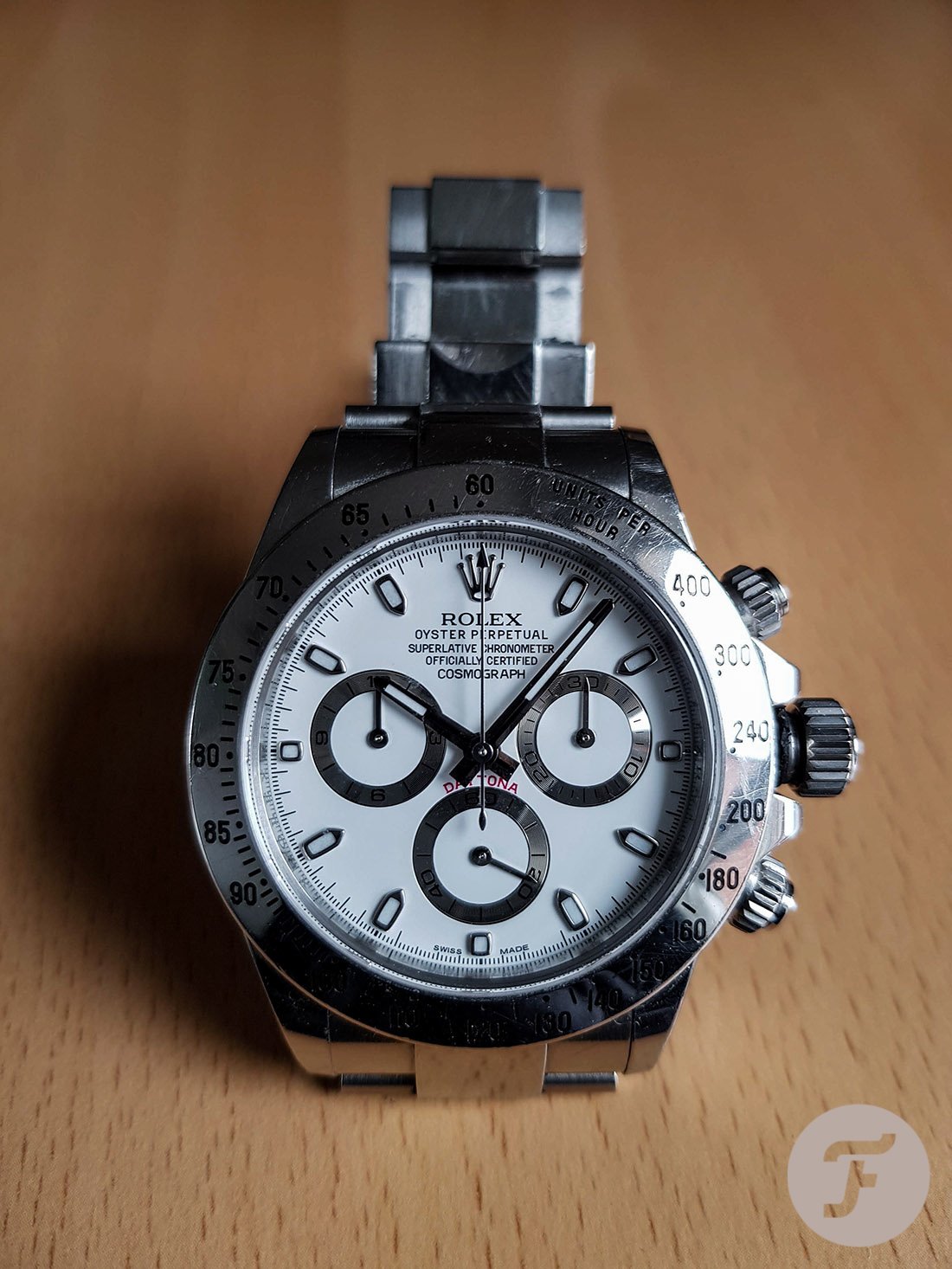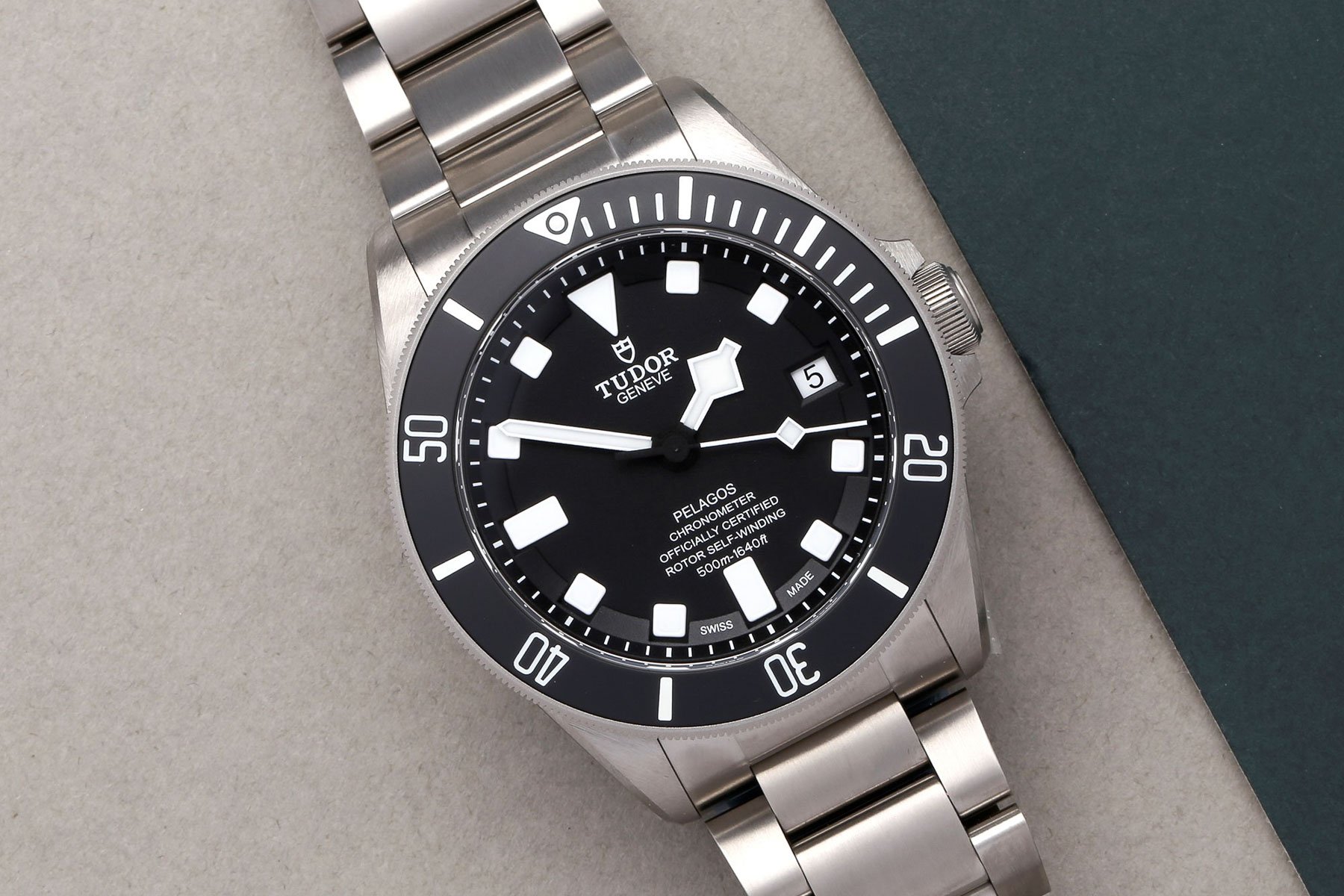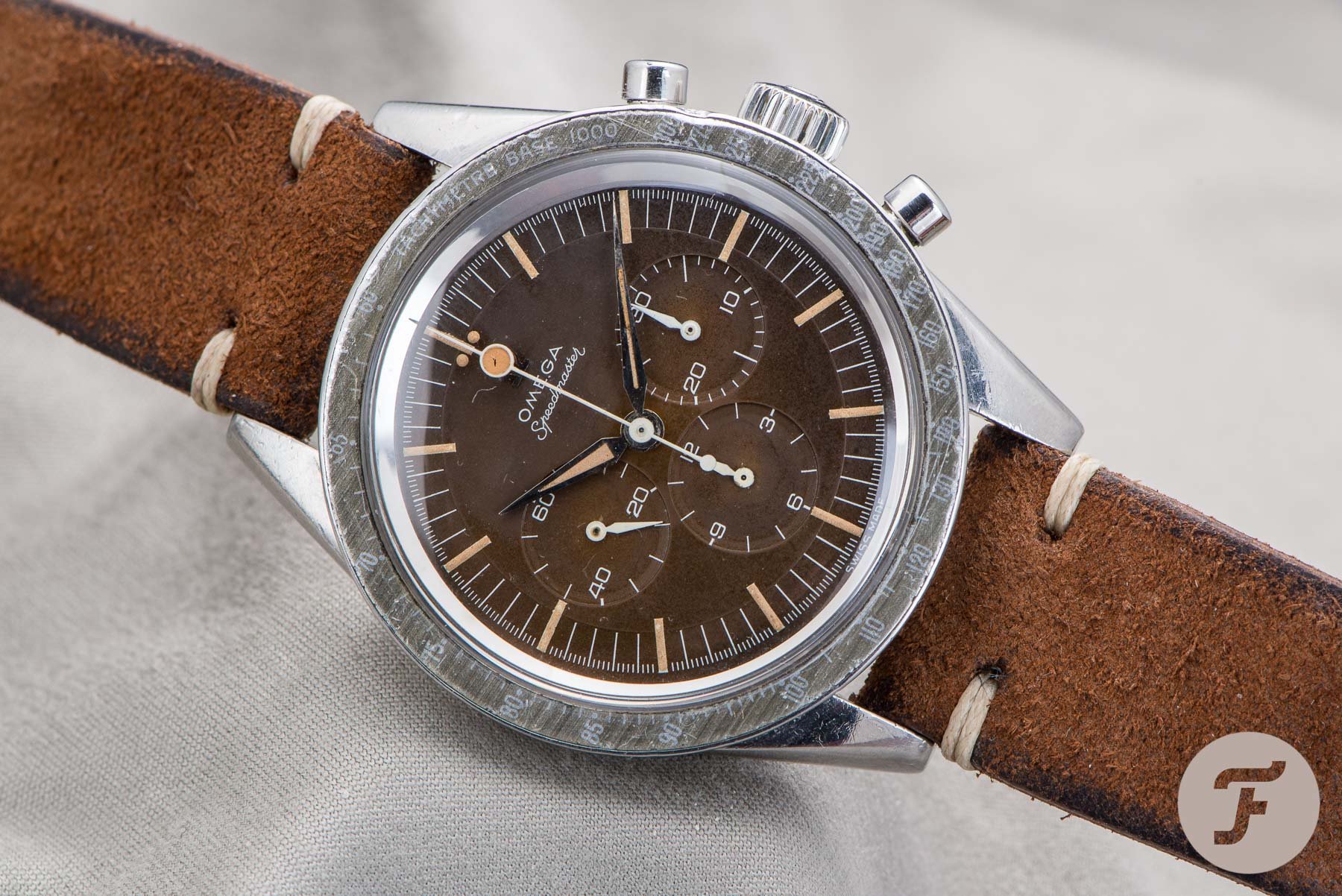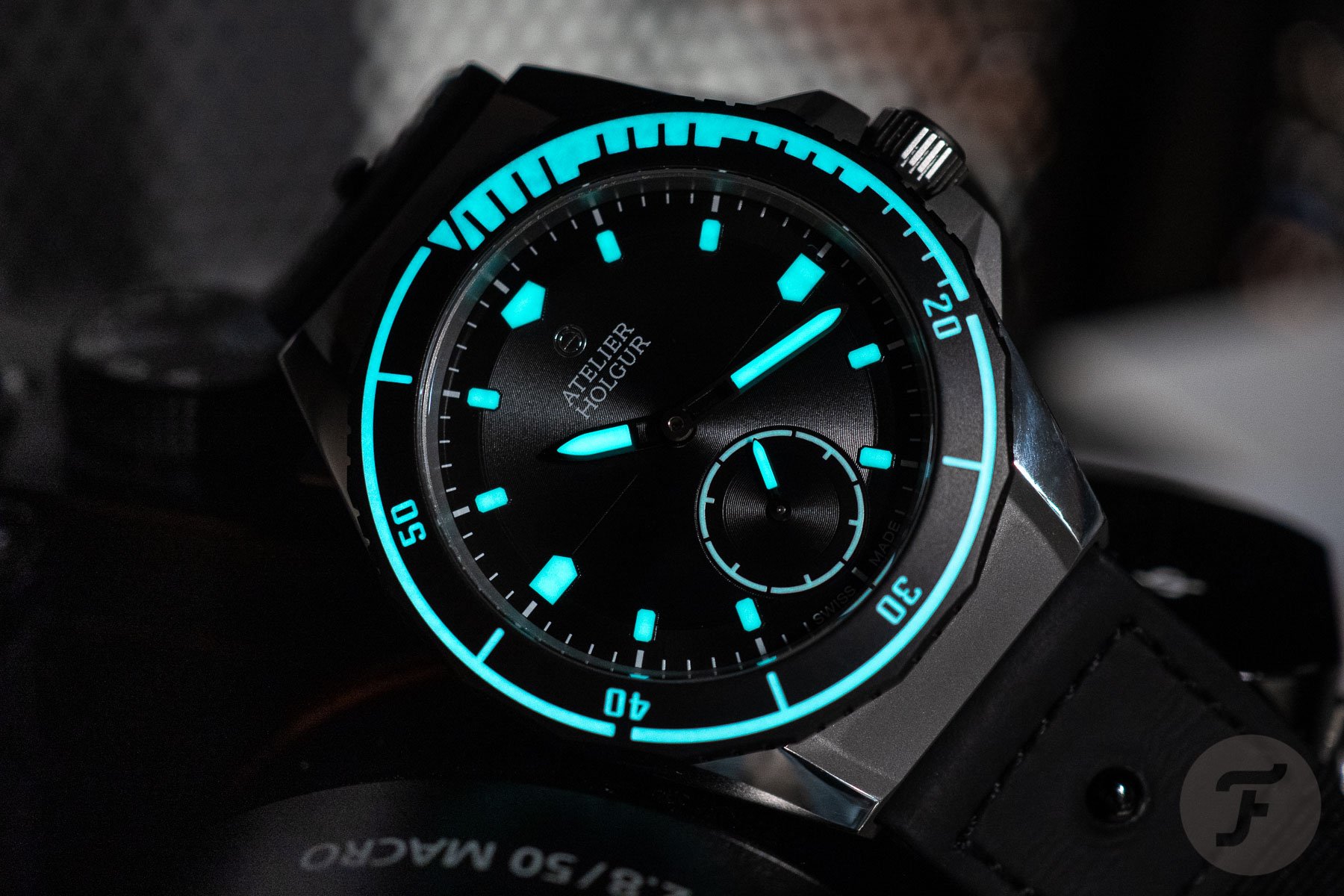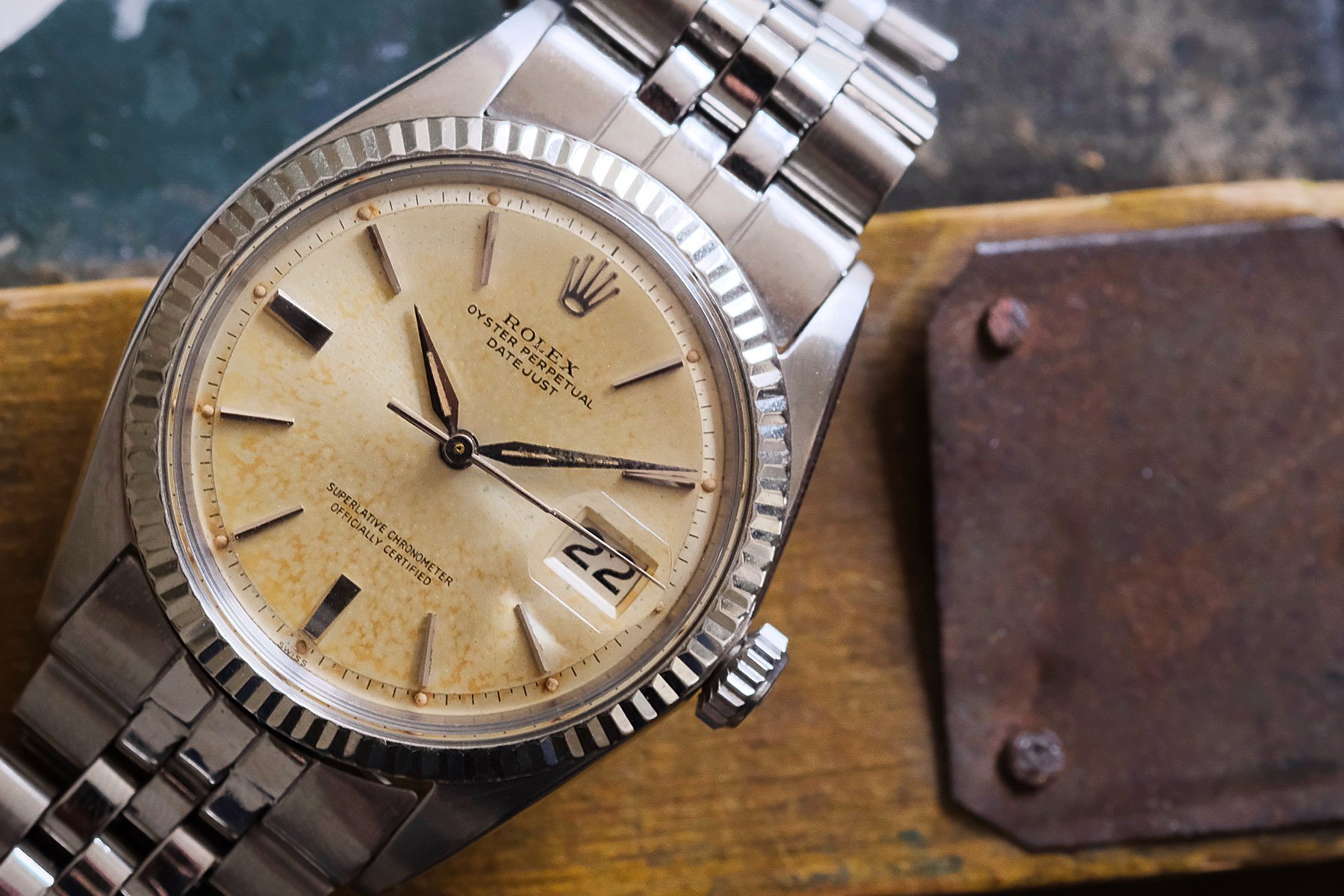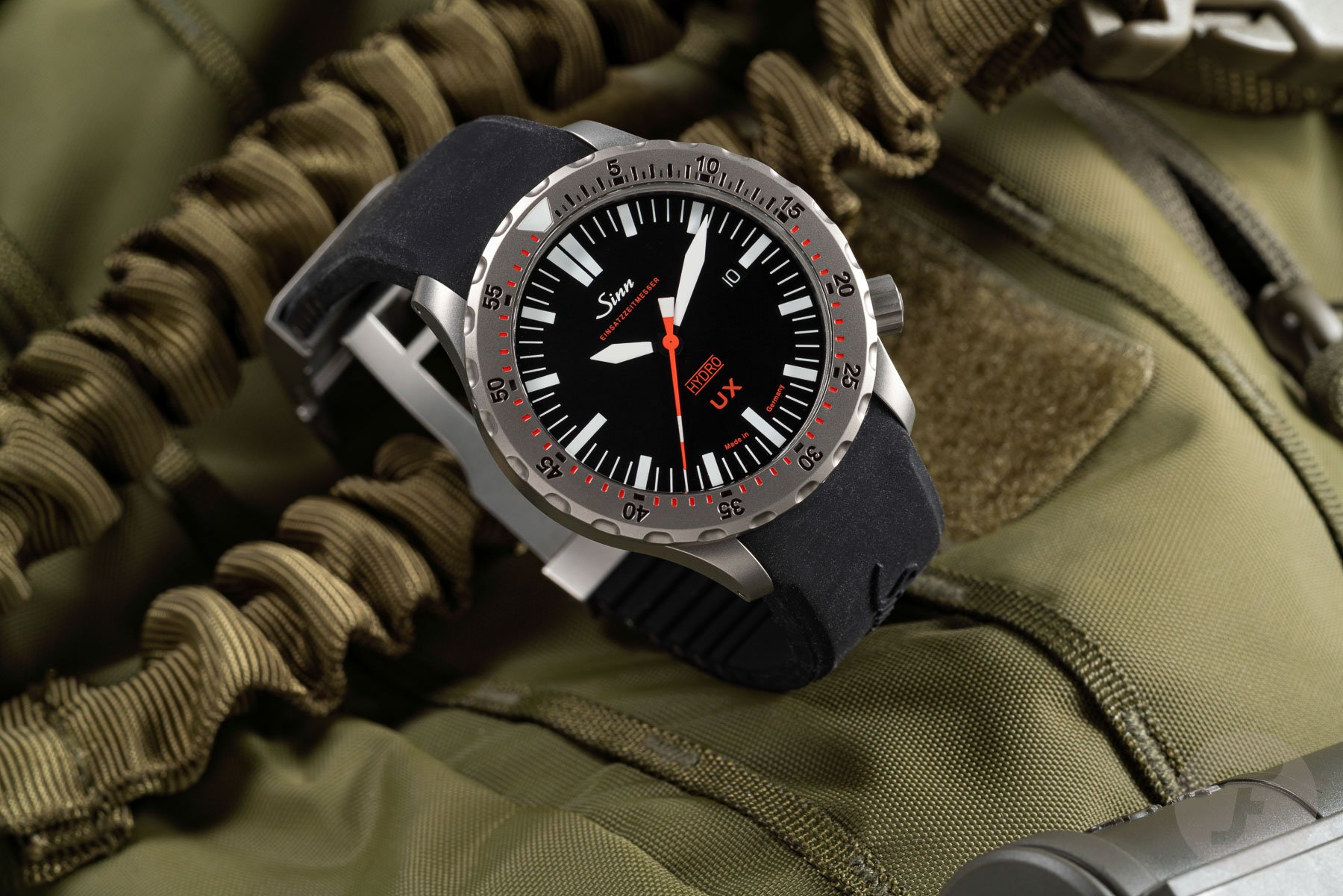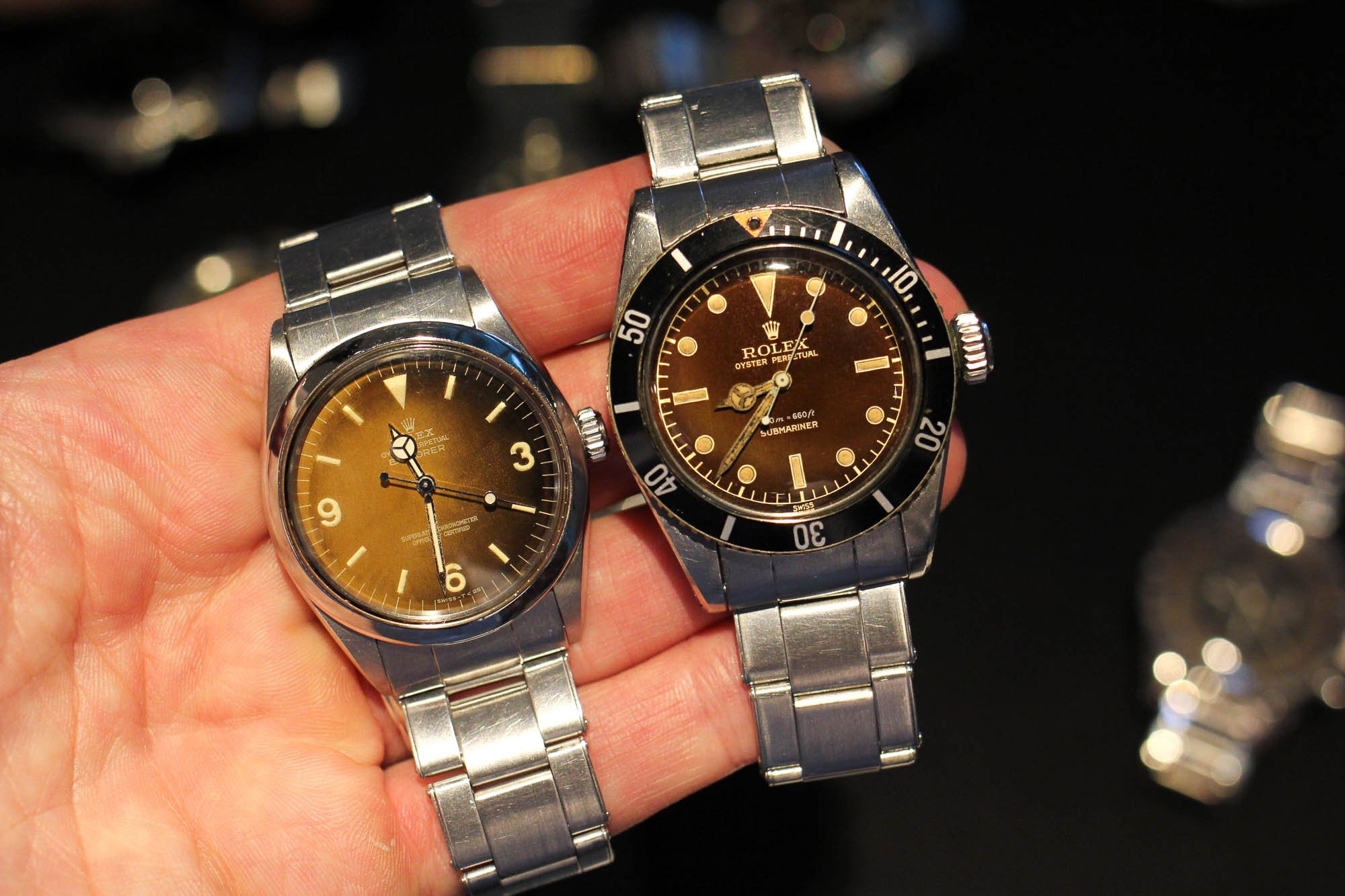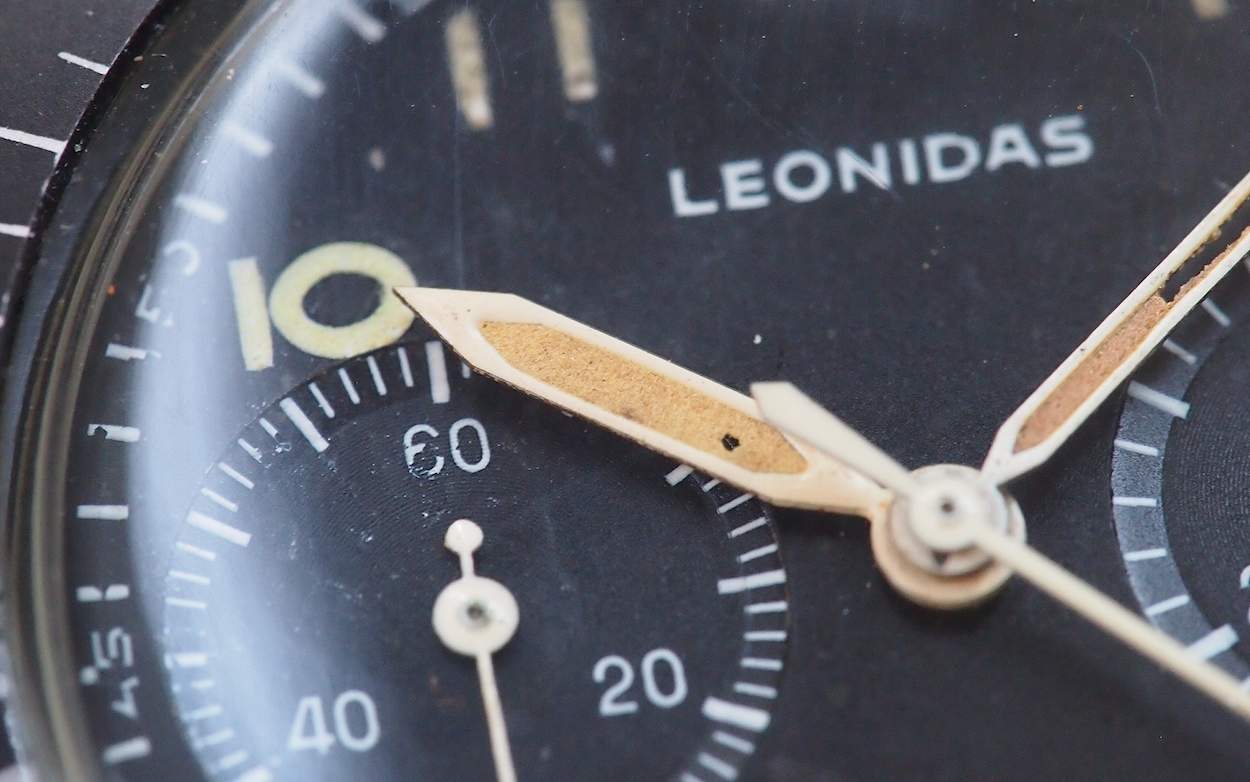Say Goodbye To Aging — How Material Innovation Freezes Our Watches In Time
Are we done with aging? Strap a product to your wrist, and go about your daily business for 30 or 40 years. That product will endure a degree of torture that will keep even the best product designer awake at night. It will get banged into stuff, dragged over table tops of all sorts, and go through temperature changes, vibrations, magnetism, water, steam, dirt… And what do we expect to come out at the other end? A functioning product that still looks great. We are a demanding bunch, wouldn’t you agree? Even under considerate, careful use, a wristwatch takes massive abuse over the decades. Most will come out discolored, scratched, and dented. And I am only limiting myself to aesthetics for this article. There is, of course, the mechanical side of it too, which I will not go into here.
Some of us like some of this wear and tear. We lovingly refer to it as patina. Some of us pay significant premiums to get it. From watch manufacturers’ point of view, though, it is product failure, so they are on a quest to end aging — the quest for the fountain of eternal youth.
Steel is sensitive to aging
Most watches are made of stainless steel, particularly 316L stainless steel. This alloy is exceptionally resistant to corrosion due to a higher amount of molybdenum than other alloys. Other benefits of the material are its nonmagnetic and ductile properties. It is, however, a relatively soft material. This means it will gather scratches and dings when worn in the shape of a watch, even under careful use.
To put this into perspective, 316L has a hardness of around 225 Vickers. Diamond is one the hardest materials in the world and measures a 10 on the Mohs scale, equivalent to 10,000 Vickers. Grade 5 titanium, by contrast, has a hardness of 396 Vickers, making it 1.76 times harder than 316L steel. But hold on, wasn’t titanium known for its easy scratchability? Well, yes and no. It is actually a layer of oxidation on the surface that is very easily scratched. So while titanium watches tend to look like scratch magnets, the material is actually wearing out significantly less than 316L. If you care only about the longevity of your watch and not its aesthetics, titanium is the better option.
Stainless steel, however, is tough enough. Just look at a hard-worn 70-year-old watch. The thin bits in the bracelet might be worn out, and yes, the case might have been scratched and dented badly, but the material still held up. It retained its overall shape and function. Stainless steel, then, is very well suited to watchmaking, but it does show its age on the surface.
Paints, lacquers, and varnishes are less and less prone to aging
Innovation in paints, lacquers, and varnishes has made these compounds much more stable over time. Your 60-year-old Submariner 5513 might have its dial turned tropical brown. It is, however, highly unlikely that the same thing will happen to your 2023 Submariner 124060 over the next 60 years. I would happily take a bet that it still has a smooth, stark black dial in 2083. Unless you get salt water into it or put it through something similarly traumatic, that is. I will be 95 by then, probably with some rather noticeable patina.
The dial is safely protected by the watch’s crystal. But what about exposed painted parts? The aluminum bezel insert is a prime example. Lacquered aluminum bezels were prone to flaking, so later aluminum inserts were anodized. Anodization is much tougher, but it will scratch and bleach if you give it enough time and abuse.
As a result, you see most manufacturers moving to ceramic inserts today. These are supremely resistant to scratches, and their colors remain stable. The hardness comes at a cost, though. An unfortunate drop can shatter the material. Combining colors is also notoriously hard. Rolex was the first to make a two-color bezel out of ceramic as late as 2013. The “Batman” GMT-Master II combined black and blue. Two-toned ceramic bezels have become more common in the decade since then.
How about the aging of lume?
Up until the early 1960s, watches were fitted with radium lume for night-time legibility. Between the early ’60s and late ’90s, tritium was used. Both lume compounds showed significant aging effects, including the luminescence decaying over time. The material’s color could also change to beige, orange, brown, or even black. Lume, then, was highly unstable and prone to aging.
Today, we have Super-LumiNova. If you are waiting for your 2023 Omega Speedmaster to get nice and “custardy,” you are out of luck — I am sorry to burst that bubble. Super-LumiNova does not discolor, fade, or decay. Your lume will work and look the same for as long as we can foresee.
From a material science or manufacturer’s point of view, this is superior to anything that came before. From this angle, discoloring and decaying lume is a product failure. Having a stable alternative is a significant improvement.
Material innovations for watch cases
Most watch owners do not like scratched-up watches, so brands are looking for ways to prevent surface damage from accumulating. One alternative material to consider is the same zirconium dioxide (ZrO2) — or ceramic — used for modern bezel inserts. It has a hardness of around 1,250 Vickers. To see how scratch resistant that really is, just browse eBay for 1990s Rado watches. Most will look pristine. Some, however, have suffered cracking or breaking. The hardness comes at the cost of greater brittleness.
Then there is the surface treatment of stainless steel. Brands like Sinn and Damasko are known for this. There are several ways to do it, but the result is an outer layer of about 5–25 micrometers that can reach a hardness of 2,000 Vickers. I have it on good authority that other brands are experimenting with such technologies too. You can take a knife to these cases, and it will not leave a mark. Well, okay, it may leave one on the knife.
It is important to realize that these materials are scratch resistant, not scratchproof. Your modern watch’s sapphire crystal, for instance, comes in around 2,500 Vickers. I am sure some of you have been surprised to find a scratch in yours nonetheless. I often wear brand-new watches for reviews. No matter how careful I am, the clasp always gets scratched, even from working at a wooden desk for a few hours. The same goes for the 9 o’clock case flank due to run-ins with coat buttons. Such damage is unlikely to occur with ceramic or surface-hardened steel.
What do we lose when we stop our watches from aging?
It seems that we are moving toward watches that are frozen in time. They are engineered to look brand new forever. How you feel about that is personal, of course. You may love the fact that your watch will remain as good as new forever, or you may lament that it does not gather battle scars and patina as you go.
One thing is for sure: if watch brands have their way, aging will soon be a thing of the past. If you want that vintage look, the effects must be put in from the get-go. I used to feel that we were losing much of the romance in the process, but I am coming around. In the end, it all makes our watches even more durable. They could potentially be worn for generations, only requiring regular servicing but no extensive restoration.
I think we sometimes over-romanticize patina. I love beautiful beige lume plots on a tropical dial as much as the next guy. But for every amazingly patinated watch, there are 10 others that look run-down and over the hill. I, for one, am curious to see how our relationship with watches changes as they become less and less sensitive to aging effects. You cannot stop progress, so we might as well embrace it!
Do you prefer your watch to show aging effects, or would you rather have it look pristine forever without having to baby it? Let us know in the comments below!
You can also find and follow me on Instagram: @time_travelers_journal

